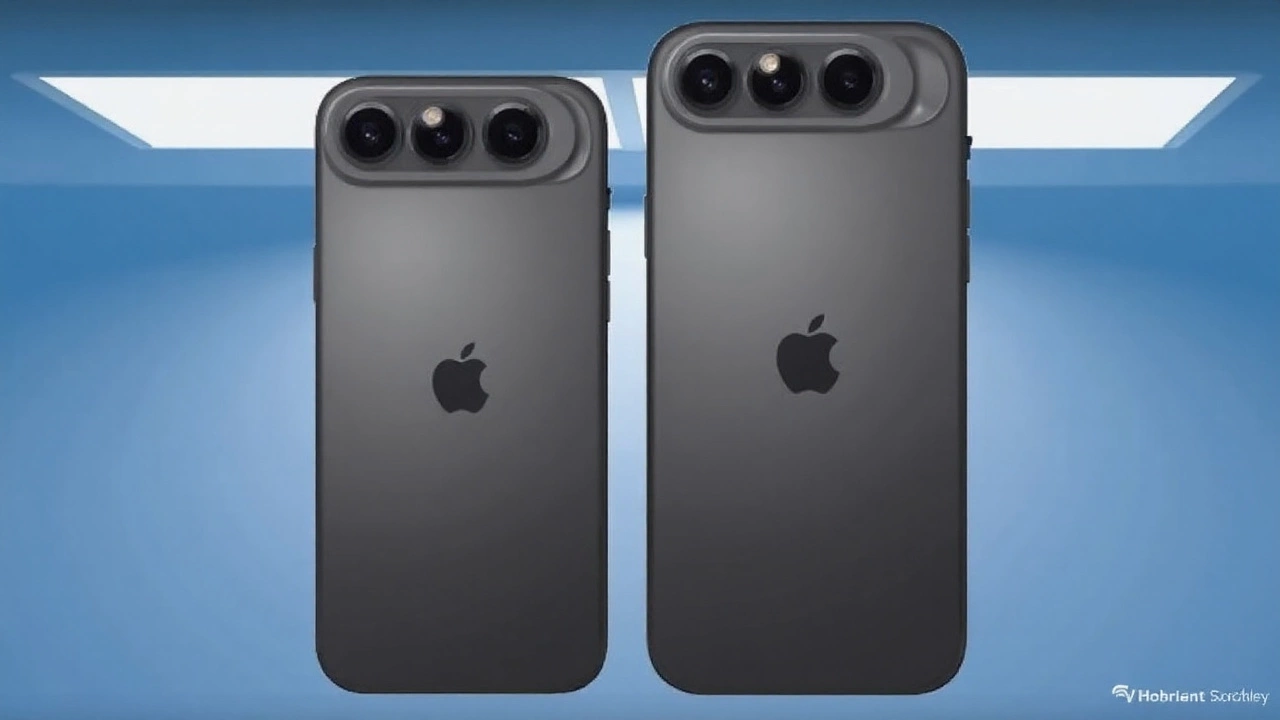Apple tariffs explained: what you need to know right now
Apple tariffs are taxes that governments add to the price of Apple devices when they cross borders. They’re not a new thing, but recent changes have pushed iPhone, iPad and Mac prices higher in many countries. If you’ve noticed a sudden jump in the cost of your next Apple upgrade, tariffs are probably the culprit.
Why governments impose Apple tariffs
Most countries use tariffs to protect local manufacturers or to raise revenue. When Apple sells its products overseas, the importing nation can levy a duty based on the product’s value. The rate varies: some places charge a few percent, others add 20% or more. The goal isn’t to punish Apple, it’s to level the playing field for domestic brands.
Because Apple’s supply chain is global, a tariff in one market can ripple through the whole pricing structure. A 10% duty on a $1,000 iPhone means the retailer must charge about $1,100 before taxes. Retailers may absorb part of that cost, but most pass it on to the buyer.
How Apple tariffs affect you
Higher prices are the most obvious impact. You might end up paying extra for the same model you’d get for less elsewhere. In some regions, tariffs also trigger higher sales taxes, making the final bill even steeper. This can push budget‑conscious buyers to hold onto older devices longer.
Beyond price, tariffs can affect product availability. If a tariff makes a model unprofitable for a retailer, they might stop stocking it, forcing you to choose a different version or wait for a new release. Shipping delays can happen when customs clearance takes longer because of added paperwork.
For businesses that buy Apple devices in bulk, tariffs can blow up the total cost of equipment upgrades. Many companies now factor tariff rates into their tech budgets and look for alternatives like leasing or buying refurbished units.
Practical ways to cope with Apple tariffs
First, keep an eye on official announcements. Governments usually publish tariff changes weeks before they take effect, and Apple often updates its regional pricing page accordingly. Knowing the timeline helps you plan purchases.
Second, consider buying from a neighboring country with lower duties. If you travel or have friends abroad, you might pick up a device duty‑free and bring it home, provided customs allowances let you.
Third, explore certified refurbished models. They cost less than brand‑new units and still carry Apple’s warranty. Because they’re classified differently, some markets apply lower tariffs to refurbished goods.
Finally, think about older generations. A previous‑generation iPhone often drops in price after a new release, and the tariff impact is smaller because the base cost is lower.
In short, Apple tariffs are a tax reality that can squeeze your wallet, but with a bit of research and timing, you can still snag a great device without overpaying.
iPhone 17 Pro price spikes $100 as US-China trade war bites
Apple's new iPhone 17 lineup hits shelves with the Pro model now costing $1,100 – a $100 jump blamed on looming US tariffs. President Trump’s push to shift production to the U.S. adds pressure, while Apple promises massive domestic investment. New hardware upgrades sit alongside slowing sales and AI delays, forcing Apple to weigh higher prices, trimmed lines, or tighter margins.
